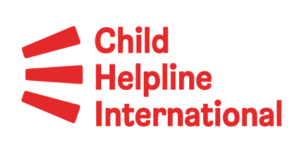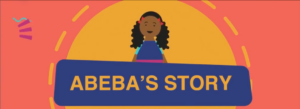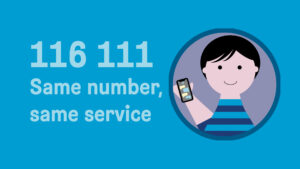In order to understand the issues faced by the children and young people who get in touch with child helplines, we survey our members around the world each and every year to gather information about the contacts they receive. Our latest publication spotlights our child helpline members operating in the European Union, and the data they have collected about the children and young people who contact child helplines in this region. This unique and vital data gives an insight into the ways in which children and young people experience the systems that are designed to protect them, the issues that matter to them, and the gaps in protective services.
Our publication presents the key takeaways of our analysis of the 2020 data, together with three key recommendations: that every child should have access to child helpline services, that child helplines should be recognised as an essential service and that child helplines should be provided with sufficient funding.
Read Voices of Children and Young People: European Union Global Child Helpline Data for 2020 here:
In 2020, our child helpline members in the EU received a total of 2,717,146 contacts – both counselling and non-counselling – contacts across 23 countries. Specifically, our child helpline members in the EU received a total number of 754,221 counselling contacts in 2020. This represents 27.8% of all EU contacts and is the number of times a child helpline was able to provide support, advice or another form of counselling to a child or young person, often offering some form of follow-up.
Following on from previous reports about child helplines in the EU – when we have looked at issues affecting especially vulnerable groups such LGBTQI+ young people, and children in migration – this year’s publication has a special focus on children and young people with disabilities. Child Helpline International strongly believes that every child – including those with disabilities – should have free and unrestricted access to child helpline services. Children with disabilities are a highly diverse, and often particularly vulnerable group of children. Due to a diverse range of accessibility needs for children with disabilities, child helplines need additional resources to be able to develop accessible services through technology, human resources and training. We turned to two experts in the field, Inclusion Europe and DeafKidz International, to learn more about children with intellectual disabilities and deaf children respectively, and to explore how child helplines can best provide support for these groups.
We also focus on each of the five main reasons that children and young people make contact: mental health, violence, peer relationships, family relationships and sexuality. Finally, we take a “deep dive” into the data, presenting all of our findings in detail.




